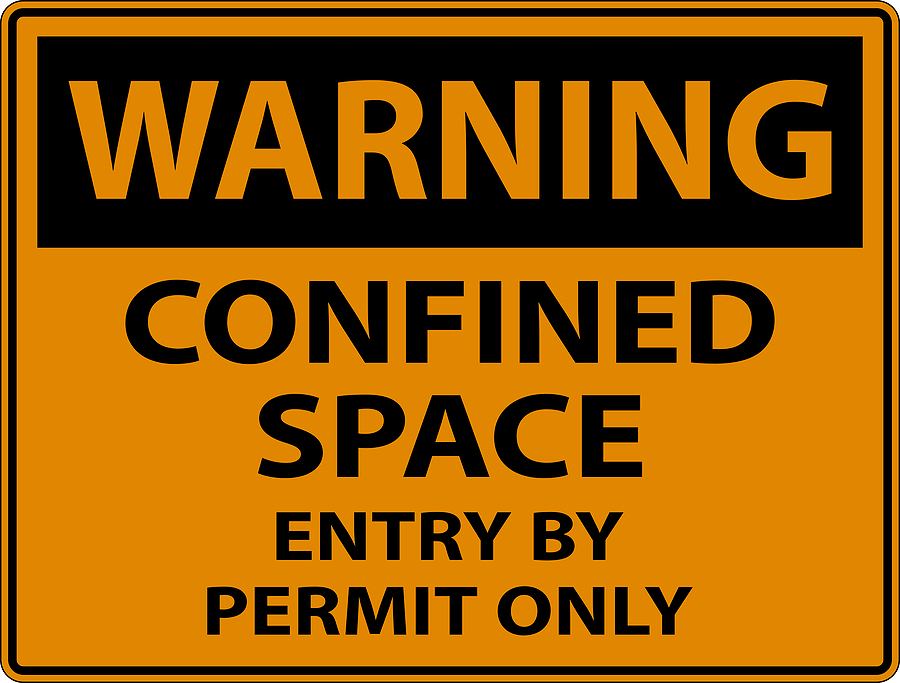Confined Space Training is Critical for Your New Mexico Construction Business – Here’s Why

No matter what type of New Mexico construction business you run, you should prioritize the health and safety of your employees and yourself. Some workplaces are inherently riskier than others; unfortunately, this is a fact of the modern labor market. Confined space work is particularly hazardous, so only the most capable employees should be assigned to such projects. Employees entering confined spaces must have the proper training and qualifications. Particularly for
What Exactly Constitutes a Confined Area?
When do we say that a space is too small to move freely? A confined space is an area with restricted access and is not intended for long-term occupancy. A few common types of confined spaces that employees may encounter are:
- Tanks
- Vessels
- Baskets for Storing Things
- Hoppers
- Vaults
- Pits
- Manholes
Why is it Risky to Work in a Small, Confined Area?
Several risks are associated with working in a familiar environment, and many are difficult to see or identify. The most common reasons that working in confined areas is harmful are:
- Risks from noxious fumes
- Reduced Oxygen Levels
- Fire Risks
- The danger of Flooding and Drowning
- Asphyxiation Risks
- Possibilities of contamination
- Problems gaining access in an emergency
All employees must have adequate training to work in such settings due to the higher potential for injury or illness. Working in confined spaces without sufficient training poses an exceptionally great danger that can quickly lead to an injury or death of a worker and is, therefore, a regulation necessity for individuals working in confined areas.
Factors Making Confined Space Entry Instruction Crucial to Construction Companies
Before entering a confined space, workers must have received thorough training on some practical topics. For employees to enter a limited space:
- They need to be aware of and ready to account for all the risks of entering a tight location.
- Their knowledge of evaluation and control processes for known or suspected risks is essential.
- All necessary equipment for usage in the restricted space must be known, and they must be familiar with its setup, operation, and restrictions. Ventilation gear, emergency gear, hazardous energy control equipment, and more may fall under this category.
- Personal protection equipment (PPE) such as respirators and full-body harnesses will be required for work in the confined space. Workers must be trained in properly using this gear and aware of its limitations.
- Before entering a confined space, workers must be familiar with the Confined Space Hazard Assessment Program Programs safe work procedures.
- They need to know what to do in an emergency or a situation that could endanger their safety on the job.
- They should have prior experience with the tasks performed in the restricted area.
- Every action they take must be taken with safety in mind, for their own sake and the sake of those around them.
- Accidents and injuries are more likely to occur in tight places if people are not properly trained to work in them.
Workplace safety is of the utmost importance everywhere, but especially in situations when employees are in greater danger, such as when working in confined areas. Safety Counselling is pleased to provide classes in Confined Space Training. Feel free to get in touch with us if you have any questions or click here to sign up for our Confined Space Training class.
